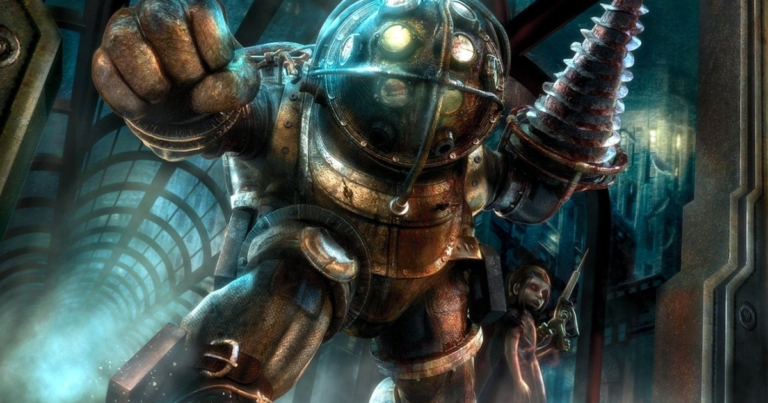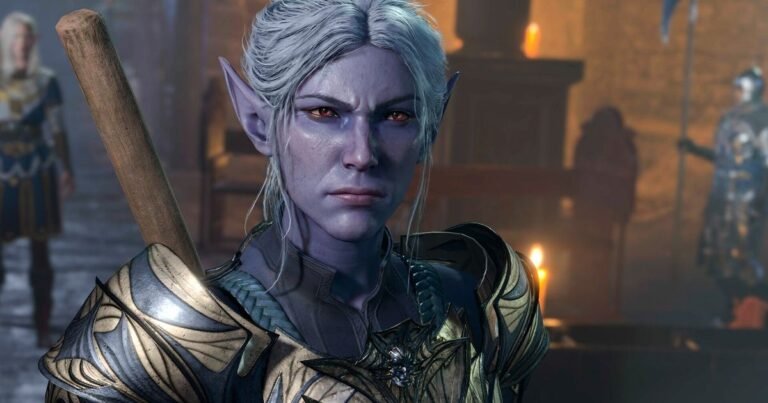
Since the beginning of this generation, Insomniac Games has stood out as one of Sony’s strongest internal developers. With four games released on the PS5 to date, the California-based company has been busy – yet the studio has constantly sought to boost its technology and support new features. Insomniac was one of the first to adopt 40fps output for 120Hz screens and to go all in on ray tracing (RT) at the PS5 launch. However, what I didn’t expect was for Insomniac to go back and update each of its PS5 titles to properly support the new PlayStation 5 Pro. That’s exactly what they did, so let’s dive into these changes starting with the most recent release: Marvel’s Spider-Man 2.
The core of it is simple: Insomniac implemented Sony’s new PSSR upscaling feature, in addition to offering additional RT options not available on the base system. Combined with the various frame rate options, we have a wide range of choices on the Pro, including new graphics modes for performance and fidelity that work differently from the base machine.
Moving on, let’s address the changes between the professional performance and professional fidelity modes. We know that additional RT features are available, but what else changes?
The answer is surprisingly comprehensive. First off, elements like draw distance, distant reflections, increased close-up detail, and additional lights are all present here. Traffic lights become more detailed in the distance, as do trees and buildings, and you can even see reflections of buildings across the entire map. RT features are harder to showcase, but fortunately the game allows you to switch between the two modes without restarting to see how a scene changes between modes.
Enhancing the Gaming Experience
Together, these new features add depth to the overall presentation, with the fidelity mode looking even better. However, it can be challenging to identify these effects at a glance, as the game art was not designed with this in mind, which slightly diminishes its impact.
The big question is which mode is most suitable for you. This is where performance comes into play, with the fidelity mode limited to 30 fps on a 60 Hz screen, 40 fps, and unlimited options on a 120 Hz VRR screen. The 30 fps and 40 fps modes both seem fixed on their respective targets, but the unlimited mode often operates around 50 fps, which works very well with VRR. All of this is achieved with excellent image quality and all RT features activated. Disabling these features has minimal impact on performance, suggesting that the game has other bottlenecks in this mode.
Choosing the Right Mode
If you prefer a higher frame rate, the Performance Pro mode offers just that. RT is enabled but limited to standard RT features present in the original game version. It runs at a stable 60 fps, but it is also possible to remove the limit on a VRR screen. Our tests showed results between 60 fps and 70 fps, a slight improvement but not by a huge margin. Therefore, my suggestion would be to use the professional fidelity mode on a 120 Hz VRR screen, or the performance mode if you have a 60 Hz screen.
Technical Analysis of Insomniac Games on PS5

Aside from Spider-Man 2, Insomniac has chosen to update all its games on the PS5, offering similar options in these previous releases. Taking Ratchet and Clank: Rift Apart as an example, there are professional fidelity and performance modes that work almost identically – but the light shadows option from Marvel’s Spider-Man 2 does not appear in this older game. Interestingly, the performance here is also superior, with the professional fidelity mode achieving an average between 50 and 60 fps – an incredible result, especially with VRR screens to smooth out any frame rate fluctuations. The performance mode also benefits from much higher numbers on average than Spider-Man 2.
Insomniac Games Setting a Standard for Technical Features
I have not had the chance to see the early Spider-Man games, but I believe they use the same options as Ratchet and benefit similarly. Therefore, the most important conclusion is quite simple: the new features specific to the Pro version are not extraordinary, but they are certainly welcome and transform already beautiful games into something even more impressive. Above all, I want these games to serve as an example to other developers when it comes to implementing user-oriented technical features. These games are much more for the mass market, but Insomniac continues to include things like 40fps modes or the full adoption of 120Hz and VRR in addition to their excellent RT work. It’s an excellent example of what a console game can be – plenty of options, and all of them are good to some extent.



